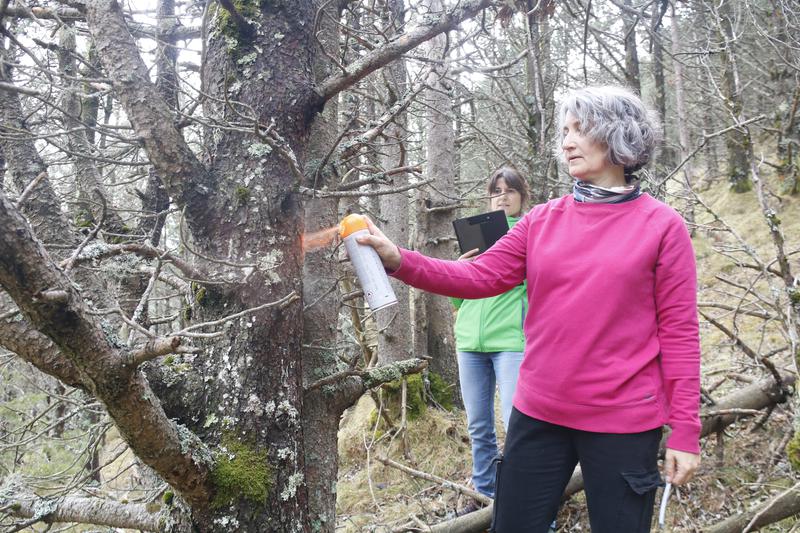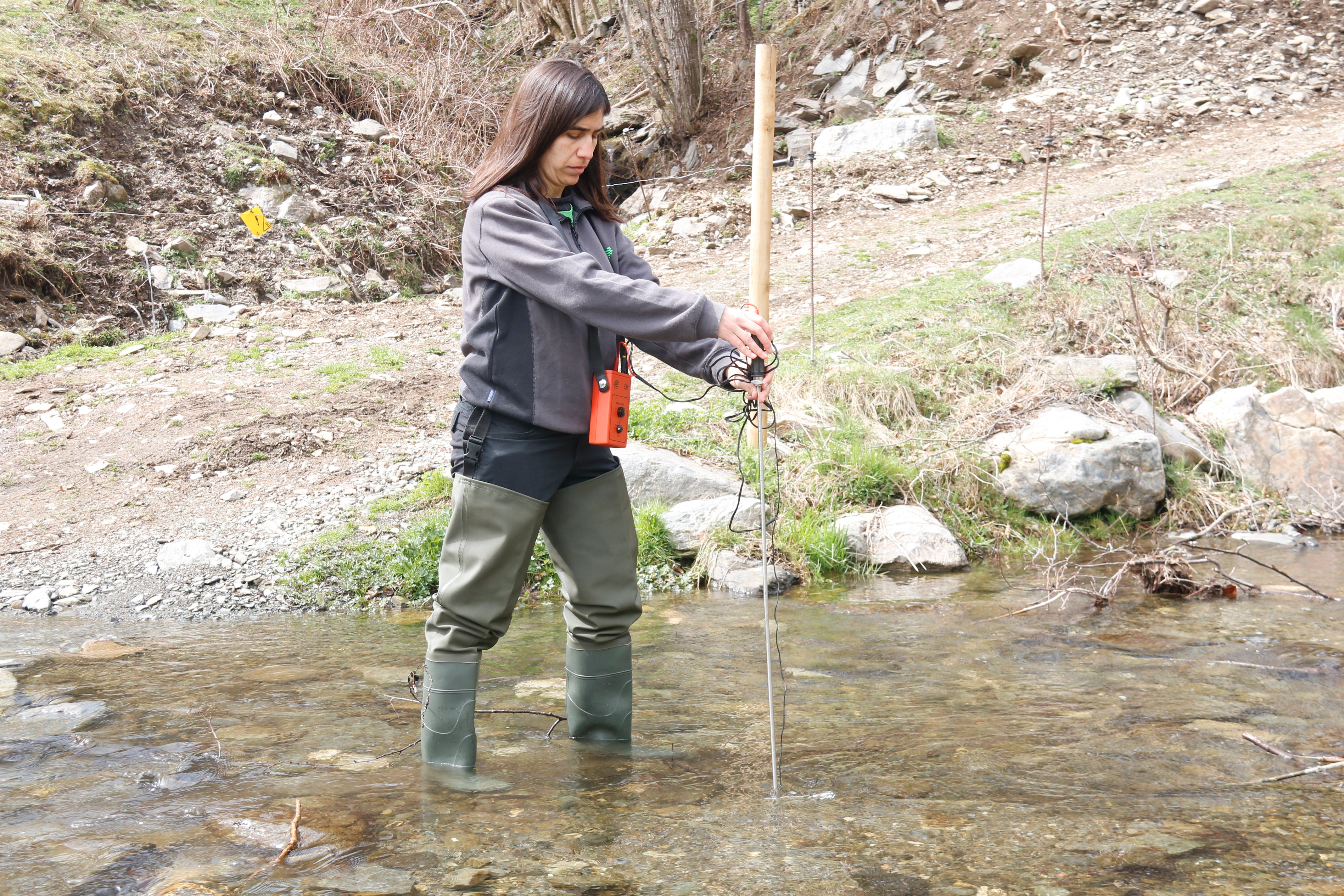Felling trees to increase water supply amid drought
Climate Action department to remove one in four trees from Pyrenean forest

On the face of it, cutting down trees may seem an unusual tactic for a government department named Climate Action to pursue, but Catalan authorities are doing just that in a Pyrenean forest near village of Molló, less than 10km from the French border.
The expected benefits are twofold. First, to improve biodiversity, and secondly, amid the worst drought ever recorded in Catalonia, to allow more rainwater to enter the river system.
The Department of Climate Action is to carry out selective clearing on a 61-hectare (150-acre) public estate in Molló, Ripollès County, to increase water runoff in the Ter river basin.
The woodland was repopulated 50 years ago with a high density of pine trees.
Anna Sanitjas, director general of the department's forests and environmental management division, explains that the aim is to remove one out of every four trees to improve biodiversity and, at the same time, enable more water to enter the Ritort, a tributary of the Ter.
Authorities hope felling the pine trees will allow them to recover 0.1 cubic hectometers of water, equivalent to the water consumed by 1,370 people a year.
The department hopes to replicate the project in other forests in the nearby counties of Solsonès and Garrotxa.
Managing forests to save water
It is estimated that in 70% of woodland areas in Catalonia, no forest management work has been carried out in the last 50 years. The total area covered by forest has increased by around 10% in the last 25 years, with density also increasing.
To combat this situation, the Department of Climate Action is committed to forest management that improves the health of forests while at the same time generating more blue water (fresh surface and groundwater, in other words, the water in freshwater lakes, rivers and aquifers).
The Catalan government owns around 100,000 hectares (247,000 acres) of forested land, much of it near the headwaters of rivers and streams.
In the Molló forest, most of the trees compete with each other, which limits their capacity to grow, Sanitjas says. In addition, they consume a large amount of water, "which does not reach the river."
"The moment we clear, more light will come in, new species will come in and we will improve biodiversity," Sanitjas says.
The operation of removing one out of every four trees will start in a month. Results are expected to be seen "quickly" because there will be a "direct effect."
Sanitjas sees great potential in expanding the forest management scheme further.
"If we managed all the forests that carry water to the Sau reservoir, we could fill it twice."
